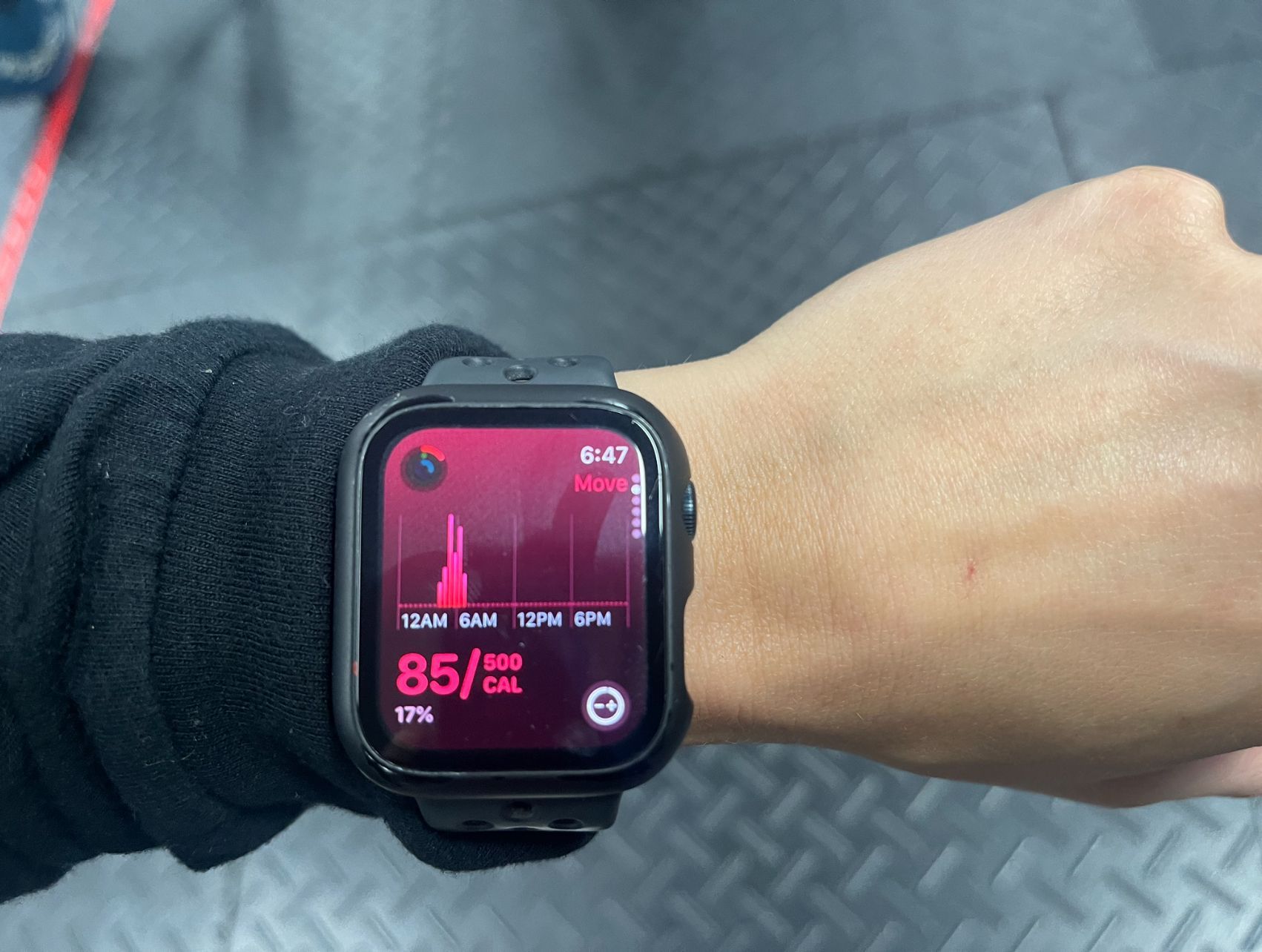The Spot Training Myth
You’ve probably heard the claims that you can change your body overnight with this brand new gadget or exercise program. The spot training myth abounds!
“Lose the belly”
“Banish your trouble zones”
“Drop stubborn fat off your thighs by drinking this special shake”
There are so many gadgets, supplements, nutritional products, and exercise programs on the market these days telling us we can lose the fat off our thighs, arms and belly. It’s no wonder we’re more confused than ever!
But, can you really lose fat from specific places – and not others?
A recent study looked compared the results of women who focused on diet changes only, and those who made dietary changes but also did abdominal strengthening exercises.
Researchers wanted to see if the addition of abdominal exercises had any bearing on belly fat loss . [ 1 ]
And, the results? Both the exercising group AND the non exercising group saw almost identical results!
All of the participants lost overall body fat, reduced their BMI, and lost belly fat. The women who added abdominal exercises (attempting spot reduction) were no further ahead at reducing belly fat (or overall body fat) than their non-exercising counterparts.
And, the takeaway? Spot reduction exercises seem like a great idea, but they just don’t work. You can’t pick and choose where you want your body to lose fat.
Our bodies are each unique and they store fat differently based on our individual situations.
When we lose weight, our bodies decide where it’s going to keep fat and where it’s going to release it.
Factors such as our age, gender, hormones, and genetics all play a role in how and where our bodies store fat. Alas, the spot training myth is just that, a myth.
Can you “spot tone”?
So, if you can’t spot reduce certain areas of your body, can you “spot tone” them? Well, sort of.
If you want to achieve that 6-pack look, you can start working on your core training regime. Over time, you will gain strength and build muscle. However, if you’re still carrying a hefty layer of body fat over your abs, you won’t be able to see this hard-earned definition.
Furthermore, only training one or two specific muscle groups on your body is not the most “functional” way to train. All the muscles in our body work together to move us safely and efficiently every single day.
Our exercise regime should be no different!
So, what actually works to shed body fat and tone “trouble areas”?
Chris McGrath , ACE Fitness Consultant says, “The whole is greater than the sum of its parts. If you want to burn more fat and ‘sculpt’ more muscle, increase your fitness level.” [ 2 ]
He advocates for full-body resistance training exercises , and focusing on larger muscle groups with [simple bodyweight] exercises such as:
- Squats
- Lunges
- Pull-ups
- Push-ups
McGrath also adds, “These movements incorporate large and small muscles, giving you far more bang for the buck. Work them in a circuit fashion that promotes non-stop movement and you can improve your fitness even more.”
Nutrition is the magic bullet!
The one thing that both groups in the previously mentioned study had in common was a change in dietary habits. I know – shocker!
The bottom line is really that the food we consume (or don’t consume) has more effect on your bottom line.
A balance of proteins, healthy fats, fruits, and veggies will give you a strong advantage in reducing your overall body fat. Sorry if this wasn’t the “magic bullet” you were seeking, but nutrition really does play a huge part in (re)shaping our bodies.
Now that we know that spot training myth is bunk, check out this Spicy Fat Burning Chili with the metabolic boosting advantage of chili peppers [ 3 ] to reduce your overall body fat.
RECIPE:
Spicy Fat Burning Chili
Ingredients:
1 Tbsp. olive oil
1 pound ground turkey, lean
2 cloves garlic, minced
1 medium onion, diced
1 bell pepper, any color
1-2 finely chopped Serrano or Jalapeño peppers – remove the seeds for less heat!
2 cans (x 400mL) diced tomatoes, no salt added
1 can (400mL) red kidney beans
1 can (400mL) pinto beans
2 Tbsp. chili powder
1 tsp. ground cumin
Preparation:
Heat oil in a saucepan over medium heat. Add the turkey, and cook until browned.
Toss in the onion, garlic and peppers, and saute until tender. Add the tomatoes, beans and spices, and bring to a boil.
Reduce heat and simmer until chili thickens. Serve and enjoy!
REFERENCES
[1] http://www.jmptonline.org/article/S0161-4754%2814%2900274-7/fulltext
[2] http://www.acefitness.org/education-and-resources/lifestyle/blog/3629/myths-and-misconceptions-spot-reduction-and-feeling-the-burn
[3] http://www.medicaldaily.com/chili-peppers-may-solve-obesity-epidemic-spice-your-weight-loss-these-3-recipes-321370
The post The Spot Training Myth appeared first on No Limits Fitness.
About No Limits
No Limits Fitness provides step-by-step programs to help busy adults get the body they’ve always wanted, without restrictive diets or time-consuming workouts, so they can lead more fulfilling lives. Life is a much better experience in a strong, healthy body!
Recent Posts



Luci
Doug
Tasha
No Limits Fitness helps busy professionals lose weight, get stronger and have more energy so they can lead the lives of their dreams...even if they've tried before and failed.
SERVICES
CONTACT INFORMATION
All Rights Reserved | No Limits Fitness | Privacy Policy

